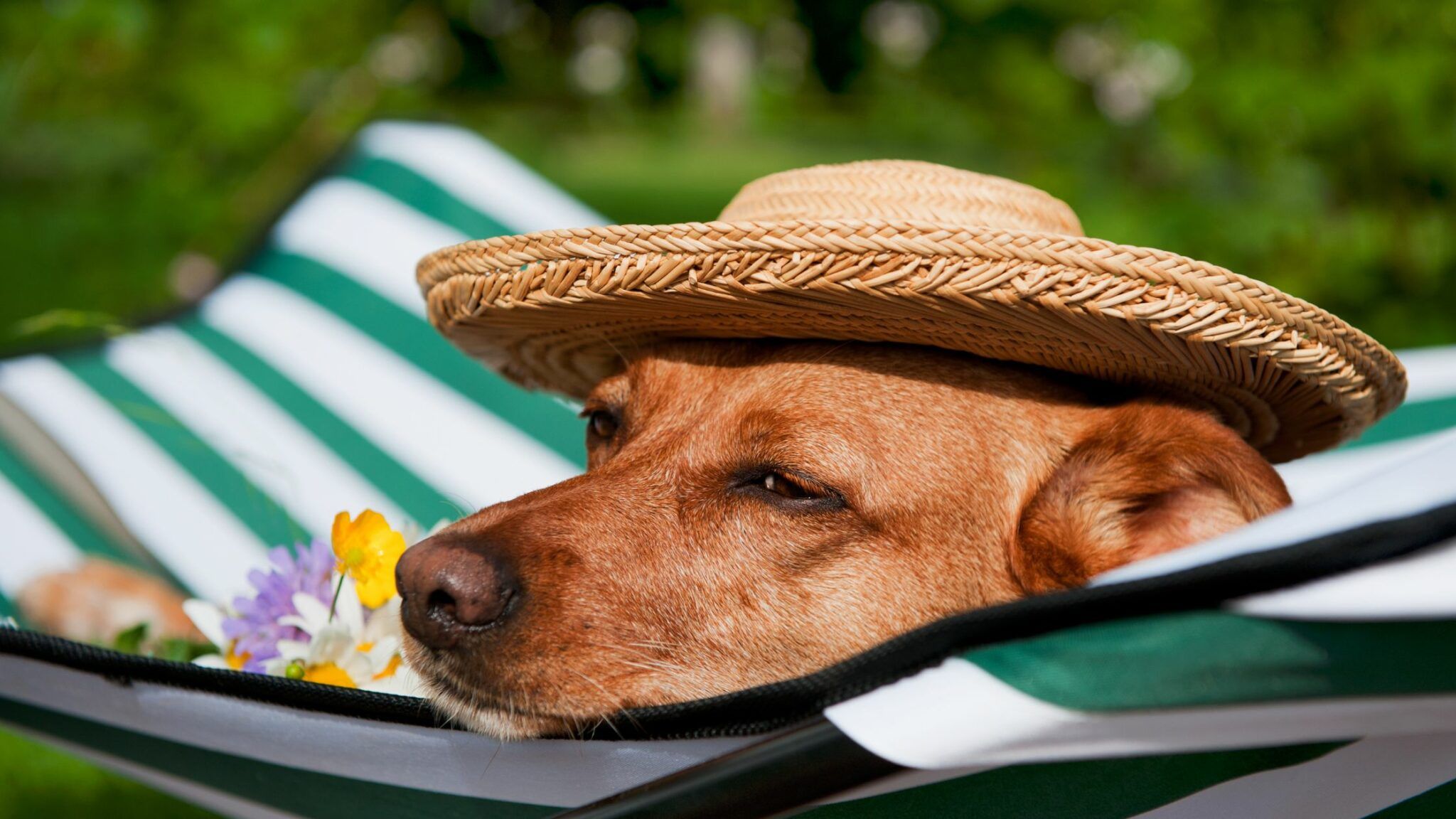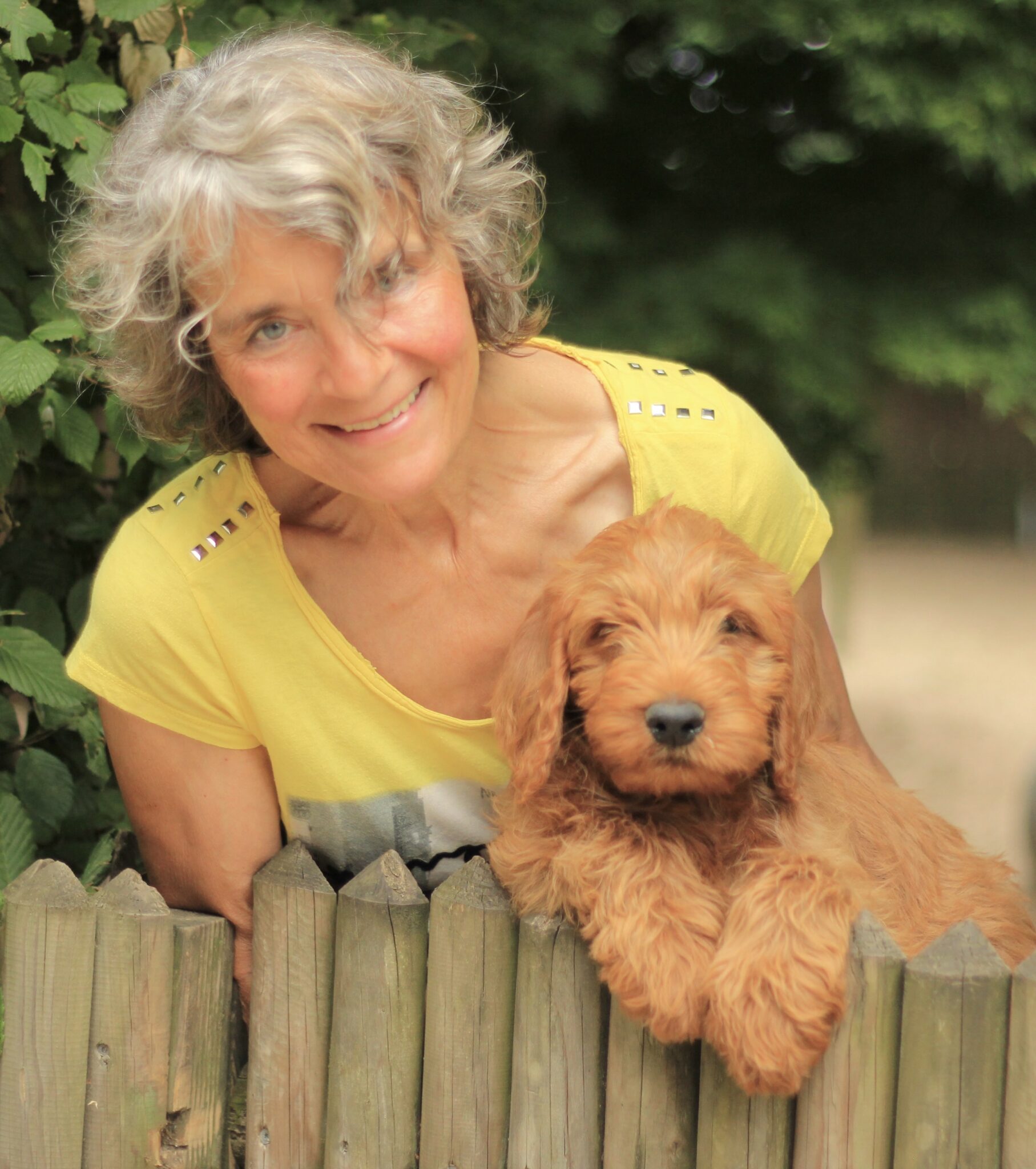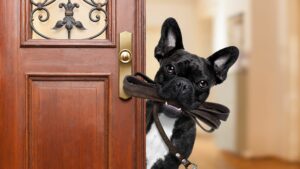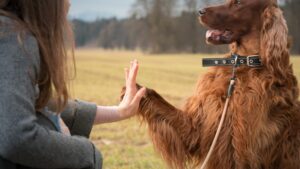Traveling with a dog

The autumn vacations are just around the corner and with them the time of overcrowded dog boarding kennels. Many people would give their dog before the vacation at short notice but rather in a care than to take him. Vacation with a pet, that often feels too complicated for many owners.
“If you take your dog with you on vacation, you naturally have more hassle, especially if the dog has some ‘quirks’ that could get in the way of a relaxing trip. But there are some ways in which you can enjoy a relaxing time out even with an animal and a his ‘quirk’,” explains dog trainer Marion Terhaar. In the following article, she gives tips on how to prepare yourself – and especially your pet – for your vacation together and get him fit for it in 10 days.
One thing in advance: There is no “panacea” against misbehavior. A successful change in behavior always involves both – man and dog.
Who does not wish for the miracle cure, the miracle trick to eliminate undesirable behavior in his dog in the shortest possible time. Just as we humans are different in nature, so are dogs – even if two live in the same environment. Thus, the same “advice” can not become a panacea. Although there are tricks from animal psychology that achieve quick results, a miracle cure does not exist.
That’s why training before a vacation should not be about the dog being like a new character after ten days – this will not be possible especially with “difficult” pets and will lead to unnecessary additional stress for man and dog.
The joint vacation as an opportunity for animal and owner
Rather, the vacation with the pet should be seen as an opportunity to break up unwelcome behavior patterns. It is a constant companion and family member of man. So why not use the vacation also as an opportunity to spend quality time with the four-legged friend? “This is now possible at a wide range of vacation resorts. Numerous hotels advertise that they allow pets and that special beaches are nearby,” says Marion Terhaar, who could, for example, provide additional advisory assistance via a Zoom call before the start of the vacation.
Of course, the preparation should always take into account the conditions at the vacation destination and the characteristics of your own animal. Oners know their four-legged friend best and know what peculiarities it brings with it. For example, if it is aggressive towards others of its kind, it must also be accustomed to a muzzle to protect them.
The change begins with the human being
Changes always start with the one who wants to change his counterpart. As a pack animal, that is used to live in a herd, the behavior of the pet is always related to the behavior of its human. So the dog must recognize a behavioral change in his human so that he can readjust his behavior.
Owners can prepare by making a list of disagreeable behaviors that could lead to conflict while on vacation together. With the help of a counseling session with a dog trainer:in, goal-oriented strategies can be developed that will lead man and dog in the desired direction.
Don’t ask, lead consistently
It is a good idea to get the animal out of its comfort zone in the home environment before the start of the vacation, as changes in everyday life always attract attention and focus on the person who is making the changes. In this way, the pet focuses more on its human even before the start of the vacation.
If a dog has a lot of freedom, for example, in the home, you could start to limit the dog more by occasionally leashing it in the house without comment, for example, when visitors come. Common commands, praise and reprimand, should be omitted. For best results, the four legged friend should be “managed” solely.
By this form of the guidance or the management the dog orients itself also in a not familiar environment of the vacation place at its humans, which gives it additional security. He is also more cautious there, since it is not his territory. Owners can use this as an opportunity to bring about a positive development for them.
Not falling back into old patterns
In order to maintain the progress made by pet and owner in preparation and during the vacation, new patterns must be maintained and further developed afterwards. This is again helped by the support of a dog trainer, who advises on the right continuing methods and points out possibilities.
In general, however, dog training is an ongoing development that the owner must contend with together with his four-legged friend. In the process, resistance from the dogs, who want their old life and the associated habits and privileges back, must also be expected. In such cases, however, the dog owner must remain friendly and consistent in order to achieve lasting success and establish new behavior in the long term.

C&C-Autorin aus Gronau
Sie ist zertifizierte Hundetrainerin, Verhaltensberaterin, Züchterin und Besitzerin des Hundezentrums Dinkelblick in Gronau-Epe. In dem aus ihrer beruflichen Tätigkeit hervorgegangenen Zuchtprogramm “FAMILYDOGS4YOU artgerecht Hunde züchten” und dem von ihr daraus entwickelten einzigartigem neuen Konzept “DOG-SCHOOLING artgerecht Hunde führen” legt sie ihren Fokus einzig darauf, Menschen so zu schulen, damit diese mit ihren Hunden ein glückliches, harmonisches und möglichst problemfreies Miteinander leben können. Diese Schulungen finden vorzugsweise über Life-Webinare und Workshops statt. Dazu legt sie von Anfang an Wert auf eine hundegerechte Erziehung, bei welcher es im Kern auf einer guten Mensch-Hund-Verständigung ankommt. Ihre Mobilnummer: 0049 170 5841201


